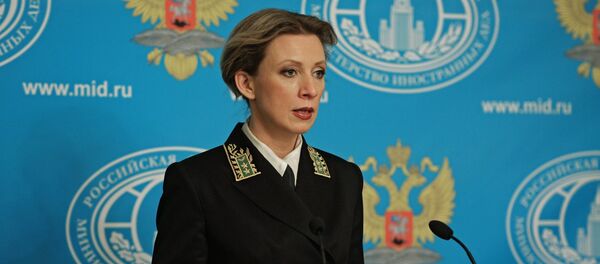Europe has again been the target of terrorist attacks by Islamic State (aka Daesh), the self-proclaimed realm carved out by Jihadists from parts of Syria and Iraq.
In what now looks like a gruesome pattern, on 22 March 2016 bombs were detonated in central Brussels, the seat of the EU, killing dozens. Before that, in Paris last year, people were killed in a similar fashion. More terrorists attacks may be coming.
It may seem surprising, but the roots of the Europe’s current terror attacks go back to the 1970s Pakistan, the first country officially to declare itself “Islamic Republic”. In a sense, Pakistan can be considered the midwife of modern political Islam that gave rise to Daesh and affiliates.
In the 1960s and 70s tensions developed between Afghanistan and Pakistan as Islamabad sought to undermine the secular government in Kabul and install there an Islamist regime modelled upon Pakistan’s and answerable to itself. The policy was partly driven by a long-standing feud between the two countries centering on the allegiance of the Pashtuns, Pakistan’s second most numerous ethnic group and the most numerous ethnic group in Afghanistan.
The generals in Islamabad feared that social reforms in Afghanistan might destabilize Pakistan by seducing its Pashtun populations. So Pakistan set about encouraging unrest among the Afghan muslims in an effort to ignite a civil war and overthrow the country’s secular government. By the late 1970s Pakistan was conducting what amounted to a full-fledged covert war against Afghanistan.
Brzezinski managed to sell his clueless boss, president Jimmy Carter, on the idea, and the CIA got busy. In mid 1979 the CIA launched operation Cyclone designed to implement the plan. As in December 1979 Moscow finally acceded to the Afghan government’s requests for help and stationed a small military force in the country to help it defend against the Islamist offensive, operation Cyclone went into high gear.
It involved funding, arming and training Islamist militants in order to overthrow the Kabul secular regime and take the Islamist insurgency across the border into the USSR.
Of those efforts al-Qaeda, the terrorist organization led by Osama bin Laden, an “Afghan Arab”, was born. The operation continued for more than 10 years, assuring for the US the title of godfather of militant Islam and an early sponsor of al-Qaeda. While the US failed in its goal of igniting a Muslim uprising in the USSR, its strategy of militant Islamist empowerment worked in other ways.
Some say the US just took the opportunity to invade these countries to tighten its grip on the Middle East. As it turned out, the US’ invasion of Iraq was instrumental in the formation of a militant Islamist group known as “al-Qaeda in Iraq”, which subsequently evolved into Daesh.
The US-led proxy war against the secular Syrian government helped Daesh make further gains in that country.
So it appears that had it not been for the US early sponsorship of al-Qaeda in Afghanistan and its subsequent invasion of Iraq, Daesh would not have been now bombing Europe. Perhaps such an outcome was not expressly intended by the Washington planners at the time, but what counts is results, not intentions.
Now that Europe finds itself in the middle of a refugee crisis and under the terrorist onslaught, its options seem limited. If it steps up the fight against Islamic State, that will likely only increase the terror threat, at least in the short term. With the huge numbers of immigrants flooding the EU from the various US-led regime change operations in the Middle East, it’s extremely difficult effectively to defect and catch terrorists.
If Europe backs down and withdraws from the fight, Daesh won’t leave it alone anyway, as such capitulation will only embolden it. It looks like that all the Europeans can do now is to hunker down and pray of the best. In any event, it seems that Europe has been left once again to pay the blood price for the erstwhile American (or Polish?) adventurism in the far-away lands.



